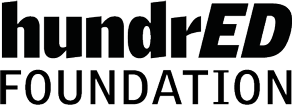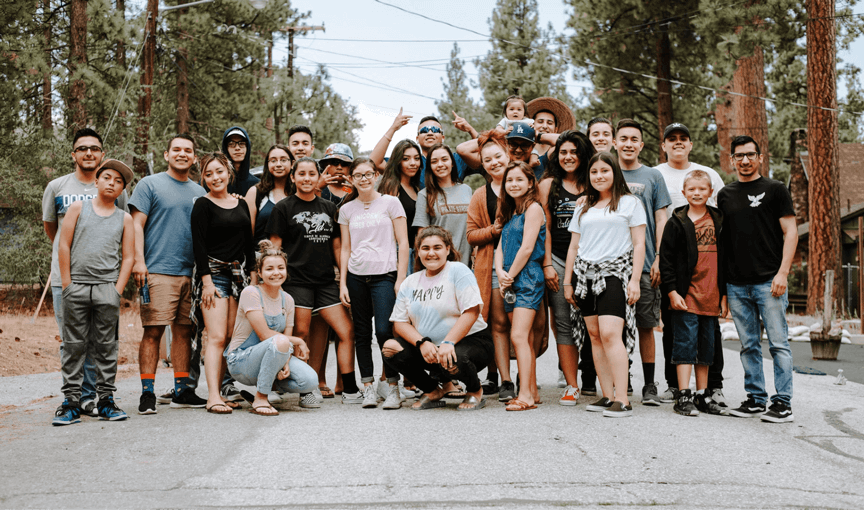Secondary education is life changing. It can mean better life choices, better agency and better income. Yet Sub-Saharan Africa has the lowest completion rates for secondary education in the world. The situation is worst for students from poorer backgrounds, rural areas and girls. Those who are in school struggle to get a quality, safe, inclusive education.
Over 15 years, PEAS has developed a structured improvement cycle that supports secondary schools to create quality, inclusive and safe learning environments in low-resource contexts.
Empowering school leaders to drive great outcomes for students is central. The evidence shows that strong, autonomous, accountable school leadership is key to improving learning, as well as inclusion, student safety and wellbeing.
PEAS’ School Improvement Model supports school leaders to focus on what matters while holding them to account. Annual school improvement plans, informed by annual inspections, ensure leaders drive ongoing school improvement at their school. Our digitised school improvement processes mean continuous use of data to inform and monitor progress.
Evidence shows that our model improves student outcomes cost-effectively. PEAS students come from poorer households and make faster learning progress. Our girls are more confident and better equipped for life after school.
Since 2008, PEAS has grown to be one of the largest, not-for-profit secondary school networks in Sub-Saharan Africa. PEAS’ 36 secondary schools across Uganda and Zambia provide high-quality secondary education to over 19,000 learners each year.
Drawing on our practical experience, we work with governments to improve the wider education system. In partnership with Governments in Uganda, Zambia and Ghana, PEAS has scaled our innovative School Improvement Model to over 300 government and private schools.
PEAS long-term goal is to improve secondary provision at national level in the countries where we work. We will achieve this by continuing to partner with governments to transform national approaches to school improvement, leadership and management.
We know that PEAS School Improvement Model can be effectively adapted in other countries and contexts, and would welcome discussion about opportunities for partnership or collaboration. To find out more about our School Improvement Model, please contact info@peas.org.uk.




